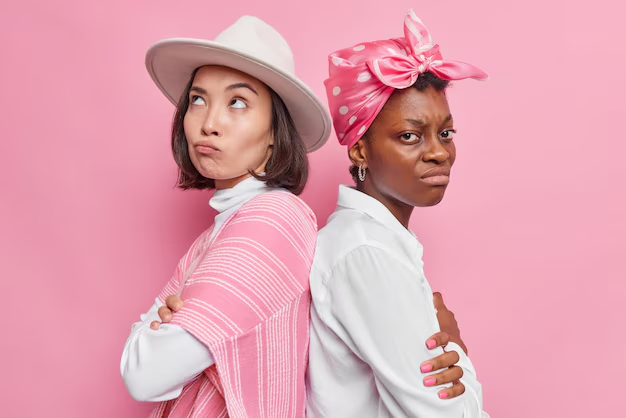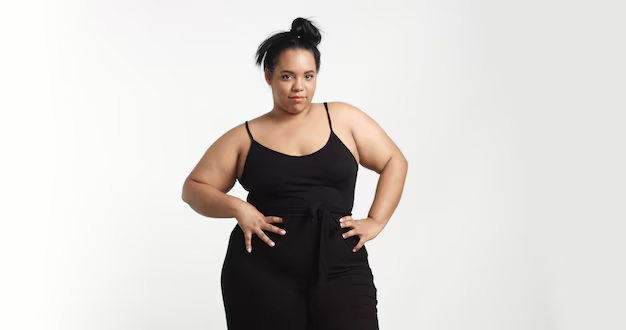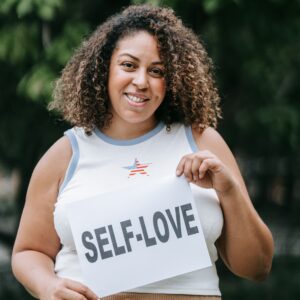Key Highlights
- Third- and fourth-wave feminists used fashion to challenge sexism, reclaim femininity, and promote inclusivity through movements like Riot Grrrl and #BodyPositive.
- Designers like Christian Siriano and movements like SlutWalk used fashion to redefine beauty and protest victim-blaming, while laws like the CROWN Act show real-world change.
- Fashion activism faces backlash for superficiality (e.g., Dior’s feminist tees) and consumerism, but movements like #NoNewClothes push for ethical choices.
For centuries, clothing has served as a powerful tool for social commentary and self-expression. In the realm of feminism, fashion has transcended mere aesthetics, becoming a platform for challenging societal norms and reclaiming agency.
This article explores the dynamic interplay between fashion and activism in third- and fourth-wave feminism, highlighting specific movements, case studies, and counterarguments to this powerful form of resistance.

Third Wave Feminism: Reclaiming the Narrative (1990s–2000s)
Emerging in the late 1960s, third-wave feminism challenged the perceived limitations of second-wave feminism, focusing on individual experiences and expanding the definition of feminism to encompass a wider range of women’s issues. Fashion became a battleground for reclaiming control over female sexuality and challenging the male gaze.
The Riot Grrrl Movement
In the 1990s, the Riot Grrrl movement used a DIY (Do-It-Yourself) approach to fashion, creating clothing adorned with political slogans and feminist imagery. Doc Martens, ripped tights, and brightly colored hair became symbols of rebellion against sexism and restrictive beauty standards.
Reclaiming Femininity
Third-wave feminists also embraced traditionally feminine aesthetics, challenging the notion that femininity equated to weakness. Platform shoes, babydoll dresses, and pink hues were worn with an ironic twist, flipping the script on their historical association with submissiveness.
The Case Study of Vivienne Westwood
British designer Vivienne Westwood emerged as a prominent figure in third-wave feminist fashion activism. Her punk-inspired collections challenged traditional notions of femininity. Westwood’s ripped tartan skirts and bondage-inspired pieces defied societal expectations of women’s clothing. Her iconic “SEX” t-shirt, worn by model Pamela Rooke on the runway, became a visual protest against the sexual objectification of women.
Fourth Wave Feminism: Intersectionality and Inclusivity (2010–Present)
Building upon the foundation laid by previous waves, fourth-wave feminism emphasizes intersectionality and inclusivity. It recognizes how gender issues intersect with race, class, and sexuality.
Body Positivity
Social media movements like #BodyPositiveand #LoveYourBody have challenged unrealistic beauty standards promoted by mainstream media and fashion. Plus-size models and influencers are demanding representation and challenging the notion of a singular standard for female beauty.
The rise of body neutrality—focusing on function over appearance—reflects a shift toward mental health awareness. Critics highlight co-optation by corporations, prompting grassroots movements like #EndDietCulture to confront systemic fatphobia and medical bias.
Sustainable Fashion
Fourth-wave feminists have also addressed the environmental and ethical issues surrounding fast fashion. Sustainable fashion brands and movements like #WhoMadeMyClothes promote ethical production practices and environmental awareness within the fashion industry.
The EU’s 2023 ban on destroying unsold textiles and France’s anti-waste law mark legislative wins. Sustainable brands like Patagonia and Rent the Runway prioritize circular economies, while activists like Venetia La Manna campaign for #NoNewClothes and worker-led unions.

Anti-Harassment Campaigns
Anti-harassment campaigns are a vital component of fourth-wave feminism, leveraging social media for mass mobilization and awareness. The #MeToo movement, launched by Tarana Burke gaining global momentum in 2017 following the Harvey Weinstein scandal, has been pivotal. It has led to discussions on body image, sexual harassment, and workplace dress codes, influencing calls for safer environments and reducing objectification.
Workplace reforms include remote-hybrid policies reducing harassment risks and the 2023 CROWN Act in the U.S., banning race-based hair discrimination. The #TimesUp Legal Defense Fund has supported over 5,000 survivors since 2018.
Fourth Wave Case Studies
a. Christian Siriano
American designer Christian Siriano is known for his inclusive and diverse runway shows. He consistently features models of various ethnicities, sizes, and gender identities. Siriano’s approach challenges the narrow definition of beauty often perpetuated by the fashion industry.
b. The SlutWalk Movement and Reclaiming Sexuality
The SlutWalk movement, sparked by a Toronto police officer’s victim-blaming comments about sexual assault, saw women reclaiming the word “slut” through fashion. Participants wore revealing clothing to protest the idea that clothing choices somehow invite assault. This movement sparked global conversations about consent and victim-blaming.
Counterarguments and the Power of Choice
Fashion activism, while impactful, has its critics. Some argue it’s superficial, overlooking deeper issues like wage gaps and labor exploitation. For example, Dior’s “We Should All Be Feminists” T-shirts spark conversations but are often produced in factories where workers—mainly women—are underpaid. This contradiction raises doubts about fashion’s true commitment to activism.
Others believe ethical fashion still fuels consumerism. Brands like Stella McCartney champion sustainability but remain inaccessible due to high prices. Meanwhile, “greenwashing” makes consumers skeptical about whether brands genuinely drive change.
Yet, fashion remains a powerful form of resistance. Thrift Queens and Depop Resellers challenge fast fashion, while historical movements—from the Black Panthers’ leather jackets to Iranian women burning hijabs—prove clothing’s role in activism.
Today, consumers wield more influence than ever. Fair Trade brands, transparent supply chains, and upcycling movements allow ethical choices. Supporting brands like Patagonia, which ensures fair wages, pushes the industry toward sustainability.
Ultimately, fashion activism is not just about what we wear—it’s about how and why we wear it.
Conclusion: Fashion as a Catalyst for Change
Fashion activism in third- and fourth-wave feminism demonstrates the power of clothing to transcend mere aesthetics. By utilizing clothing as a tool for self-expression and critique, feminists have challenged the status quo, redefined beauty standards, and promoted inclusivity.
While not without its limitations, fashion activism remains a powerful tool for sparking conversations and empowering individuals to contribute to a more equitable future.
Ever dreamt of owning a Chanel bag or a Rolex watch but worried about getting duped by a cheap knock-off?
Read this article for insight on how to navigate the world of authentic luxury shopping with confidence.












